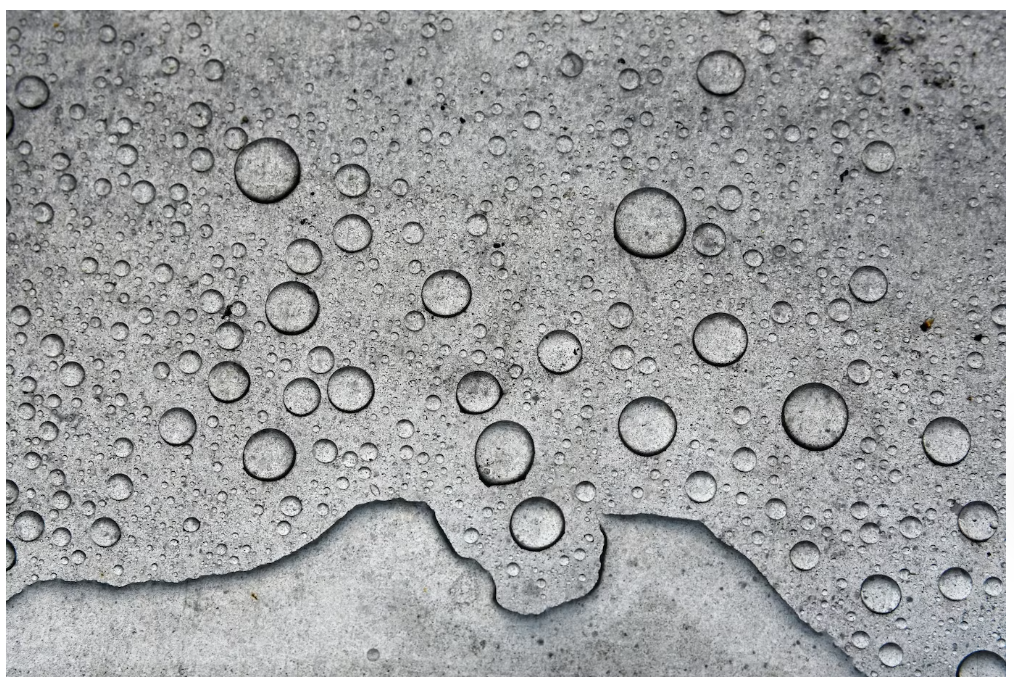Floor coating is an essential process that helps protect and enhance the appearance of flooring in various environments, from industrial spaces to residential areas. Whether you’re coating concrete, wood, or metal surfaces, the right application techniques can ensure long-lasting results, durability, and aesthetic appeal. In this guide, we will explore the best practices for floor coating application, including preparation, proper materials selection, and the application process itself.
1. Surface Preparation: The Key to a Successful Coating Application
Proper surface preparation is crucial for ensuring the coating adheres well and performs effectively over time. Skipping or neglecting this step can lead to peeling, bubbling, or uneven finishes. The preparation process typically involves the following steps:
a) Cleaning the Surface
The first step in preparing the surface is thorough cleaning. Any dirt, dust, grease, oil, or old coatings must be removed to ensure proper adhesion. Depending on the type of surface, different cleaning methods may be used:
For concrete: A power washer or pressure washer can be used to remove dirt and grime, followed by scrubbing to remove any oil or grease stains.
For wood or metal: A mild detergent or solvent may be required to remove contaminants, followed by rinsing and drying the surface thoroughly.
b) Surface Repair
Inspect the surface for cracks, holes, or other imperfections. These should be repaired before coating to create a smooth, uniform surface. For concrete, this may involve patching cracks with a concrete repair compound, while wood may require sanding and filling gaps.
c) Etching or Abrading the Surface
In some cases, especially with concrete floors, the surface may need to be etched or abraded to improve adhesion. Etching with an acidic solution (for concrete) creates a rough texture that allows the coating to grip better. For other surfaces like metal or wood, sanding or abrading may be necessary to remove smooth, glossy finishes and create a better bonding surface.
2. Selecting the Right Coating Material
Choosing the right Cement Bonding Agent is essential for achieving a durable, attractive finish. The type of coating you select depends on the intended use, environmental conditions, and the material of the floor. Below are some common floor coating types:
a) Epoxy Coatings
Epoxy coatings are widely used for their excellent durability, chemical resistance, and ability to withstand heavy traffic. They are often applied to concrete floors in industrial and commercial settings. Epoxy coatings form a hard, durable surface that is resistant to stains, abrasions, and impacts.
b) Polyurethane Coatings
Polyurethane coatings are versatile and provide excellent UV resistance, making them ideal for both interior and exterior applications. They are often used for wood, concrete, and metal surfaces. Polyurethane coatings offer a glossy, smooth finish that enhances the appearance of floors while providing a strong, protective layer.
c) Polyaspartic Coatings
Polyaspartic coatings are known for their fast-drying properties and superior durability. These coatings are often used in commercial and industrial settings, where a fast turnaround time is essential. Polyaspartic coatings are resistant to chemicals, UV rays, and abrasions, making them a great choice for high-traffic areas.
d) Acrylic Coatings
Acrylic coatings are a more affordable option and are ideal for residential spaces. They are available in a variety of colors and finishes and offer moderate durability. Acrylic coatings are often used for decorative purposes and provide a smooth, glossy finish.
e) Concrete Stains and Dyes
For those looking to enhance the appearance of concrete floors, stains and dyes offer a decorative touch. These coatings penetrate the surface to change the color of the concrete without forming a thick film. They are ideal for creating an aesthetically pleasing finish in both residential and commercial settings.
3. Choosing the Right Tools and Equipment
Having the right tools and equipment is essential for a successful floor coating application. Some of the tools and equipment you will need include:
Rollers and brushes: Use high-quality rollers and brushes to apply the coating evenly. Depending on the type of floor, you may need different types of rollers, such as nap rollers for rough surfaces or short nap rollers for smooth floors.
Sprayers: For larger areas, sprayers can help achieve an even coat without the risk of streaks or roller marks. However, sprayers require more preparation and expertise to avoid over-spray and to ensure proper coverage.
Mixing tools: Some coatings require mixing, so ensure you have the proper mixing tools, such as drills with mixing paddles, to achieve the correct consistency.
4. Applying the Coating
Once the surface is prepared and the appropriate coating is selected, it’s time to apply the floor coating. The application process varies depending on the coating material and the floor type, but here are some general steps to follow:
a) Mix the Coating Properly
Ensure that the coating is mixed according to the manufacturer’s instructions. This may involve mixing the coating components, such as resin and hardener, for epoxy coatings. Proper mixing is crucial for achieving the desired consistency and curing properties.
b) Apply the First Coat
Begin by applying the first coat of the floor coating using a roller, brush, or sprayer. Work in small sections to ensure even coverage. For large commercial or industrial areas, it may be best to divide the floor into manageable sections.
Start from one corner and move towards the exit to avoid stepping on freshly applied coating. Apply the coating in thin, even layers to prevent drips, bubbles, or puddling.
c) Allow for Curing Time
After applying the first coat, allow adequate curing time as specified by the manufacturer. This is crucial for ensuring that the coating properly bonds to the surface and achieves maximum durability.
d) Apply Additional Coats (if necessary)
Most floor coatings require multiple coats to achieve a durable and even finish. After the first coat has cured, apply additional coats as necessary, allowing each coat to cure before applying the next. Be sure to follow the recommended drying and curing times between layers.




